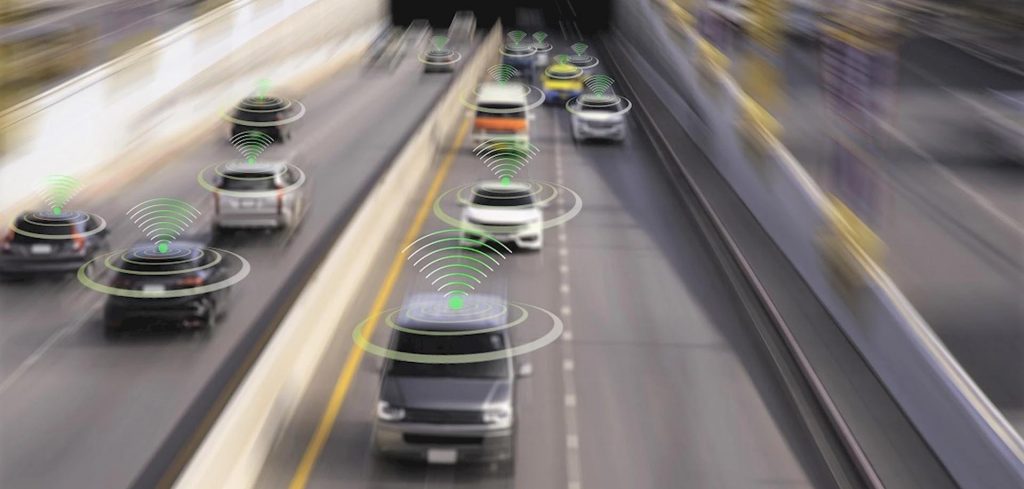Progress toward realizing the promise of connected and automated mobility in the UK has been disrupted this year, but there has still been real progress. As revealed in Zenzic’s CAM Creators Update to the Connected and Automated Mobility Roadmap to 2030, the UK is forging ahead with the development of key enabling technologies for connected and autonomous vehicles such AI, cybersecurity and software, which leaves the country in a good position to double down on research and push on toward readying for deployment.
Multiple UK testbeds, such as Millbrook, SMLL and Midlands Future Mobility all launched their self-driving vehicle testing facilities, with a range of facilities offering everything from controlled testing environments to fully connected public roads.
Looking ahead, it is important that by the end of 2021, local authorities have started to map out how CAM will integrate into their existing transport plans and work together to find common approaches. The way we travel has been through a massive shock, and while personal vehicle traffic is roughly back to pre-pandemic levels, public transport networks have been badly hit by falling passenger numbers, which is a shift in the wrong direction for more sustainable transportation. We need to rehabilitate public transport, but there is an opportunity at national and regional levels to look at how CAM services and technologies can be introduced to support low or zero-carbon emission travel in ways that fit with local needs.
Examples of the possibilities of CAM are going live in 2021. CAVForth will be transporting paying passengers across the Forth Bridge using autonomous buses, offering flexible and efficient services. The ServCity project will ferry passengers on public London roads in self-driving Nissan electric vehicles. Ongoing trials of connected and automated freight on UK motorways pave the way for more efficient use of our roads, especially important given the importance of home delivery for goods and groceries. The trials happening in 2021 should encourage all local authorities to think about CAV blueprints and how they fit into plans around sustainability and mobility.
Looking at the broader economic recovery of the UK, we are home to some of the world’s leading technology companies working on self-driving cars, from the likes of Aurrigo to Five and Oxbotica, and the UK’s collection of testbeds play host to partners from around the world. This is an industry with immense possibility and month by month the possibilities come closer to reality. We need to ensure this nascent industry is supported so that the UK is able to benefit from the safe and secure deployment of technology, and that we can export our technology and services as we maintain our global advantage.


